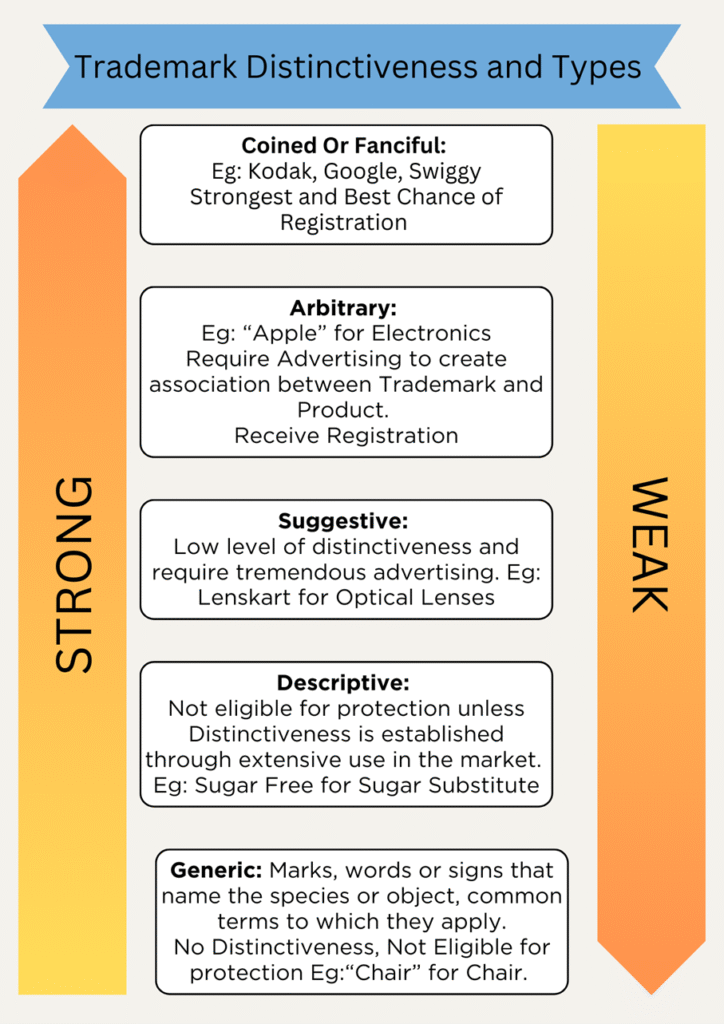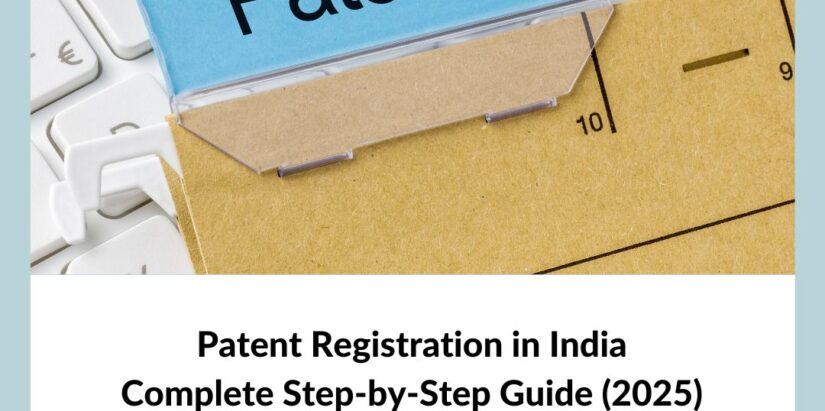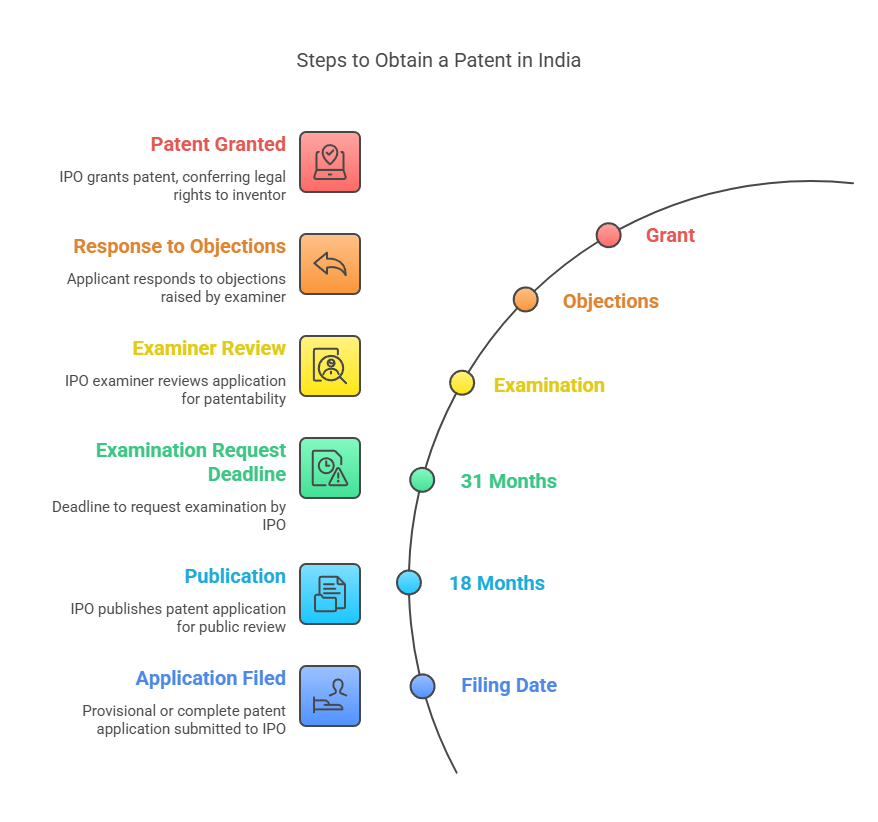Imagine a World where anyone can use “Apple” for their Electronics Goods or CocoCola for Beverages. A Chaos Right? Think about what Google, Microsoft, Tata and Amul have in common? It’s not just their business and global success; it’s their expertise in the trademarks. Trademarks are more than just logos or symbols; they build empires and are vital assets for the business. So why should a businessman care about the logos and trademark, and how exactly do they work? Let’s demystify them showcasing their critical role in business prosperity.
So, what is a Trademark?
As per Trademark Act of India, Trademark is a mark capable of being represented graphically and which is capable of distinguishing the goods or services of one person from those of others and may include shape of goods, their packaging and combination of colours.
In simple words, Trademark include names, logos, slogans, shapes, sound, numerals, colour that represent the company or product. Trademark enables and grant an owner an exclusive right to use the mark and prevent others from using the same or confusingly similar one, thereby protecting the brand’s integrity and reputation.
Often people confuse with the concept of Trademark and Brand, but there’s a vital difference. A brand represents the overall identity and emotional connection with a company, whereas a trademark legally protects specific identifiers of that brand.
Types of Trademark:
Goods mark / Product Mark – Indicates the commercial origin of Goods. Eg: Parle-G for Biscuits, Crocin for Pain Relief Medicine, Amul for Milk Products etc.
Service Mark – Indicates commercial origin of the services Eg: Airtel for telecommunication services, Infosys for IT Consultation and Services, ICICI Bank for Banking, Insurance and investment services.
Collective marks – indicates membership of an association. Eg: “CA” device mark used by Institute of Charted Accountants, “CII” for Confederation of Indian Industries.
Certification Marks – Indicates its conformity with a certain standard. Eg: ISI Mark for conformance of products to standards laid by Bureau of Indian Standards, FSSAI Mark for all Food Products, BIS Hallmark for purity of Gold Jewellary.
Want to Stand out in the Crowded market? Explore how Trademark can be your business’s secret weapon.
Trademarks perform following roles and make your business stand out from others by
- Making it easy for consumers to identify and find your products building Customer Trust.
- Acting as the most efficient marketing and communication tool.
- Act as the basis of building Brand Image and Reputation enabling global reach.
- Act as the most valuable and enduring business assets.
- Act as the most effective weapons against unfair competition.
- Create Revenue Streams by Brand Partnerships through Licensing and Expanding reach through franchising opportunities
- Help in combating counterfeiting and unauthorized sale of imitation products.
Registered Trademark reassures investors of the brand’s stability and value.
Checklist while selecting and creating a Trademark:
Availability of the Mark: Check and ensure no one has registered the same or confusingly similar trademark.
Legal Compliance: Check the proposed mark meets all legal requirements under the Trademarks Act.
Domain Name and Social Media Presence: Verify the corresponding domain name and usernames on various social media platforms
Distinctive: Ensure the mark is distinctive, easy to recognize, read, write and remember relating to your products or services.
Visual and Customer Appeal: For Device marks and Logos, ensure it is visually appealing and professionally designed to attract consumers.
Select a Strong Trademark: Select a Unique, Arbitrary and Fanciful type of Trademark which stands out and is versatile.
Future Prospects: Select a Trademark which aligns with your long-term business goals and marketing strategy.
Consult an Attorney: Consult a Trademark Attorney to register your Trademark in correct class and navigate through legal complexities and proper Registration.
General Trademark Registration Flow Diagram in India:

Wondering why businessman should focus and select a Strong Trademark?
Distinctive Trademarks gets the best legal protection and are easily recognized by the customers. The stronger the trademark, the higher the chances of registration and effective legal defense. Trademarks can be classified as Strong (Most distinctive) and Weak (least distinctive) trademarks in 5 Categories.

Ever pondered which brands have captured the spotlight this year?
The Icons of 2025: Top 5 Most Valuable brands of the World
The global business arena is constantly evolving, with some brands emerging as unmatched leaders, setting new standards of success and innovation. Get inspired by the Top 5 Most Valuable brands of 2025, which have not only won hearts of the consumers, but also have established the extraordinary benchmark of market value, creativity and influence.

So, in today’s dynamic business environment, if you are a businessman and are on a journey of business success, trademark will play a critical role in shielding your brand’s integrity and value. Top Brands of 2025 illustrates that, A strong trademark is instrumental in achieving and sustaining market presence and leadership. So, make your Trademark your business strongest ally in the competitive marketplace.





